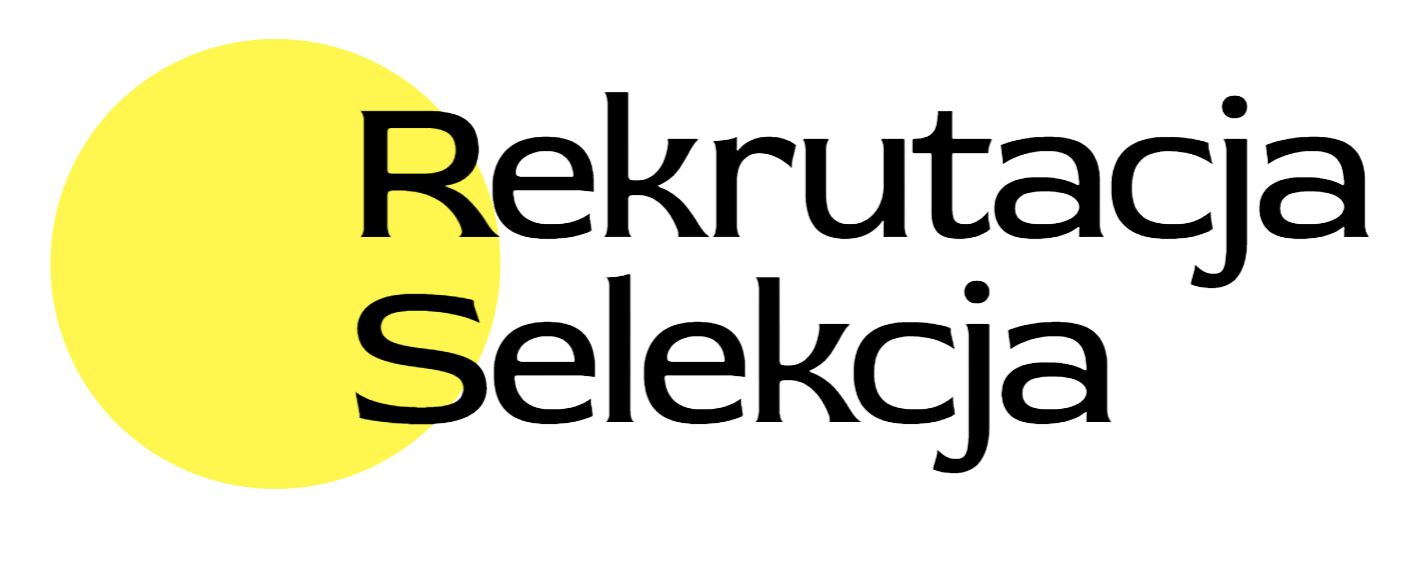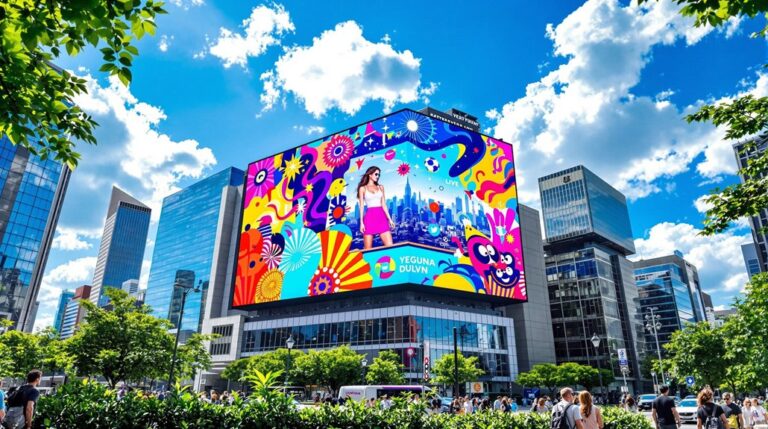Multiformat advertising represents a strategic blend of various advertising methods. This approach aims to engage consumers through digital, traditional, and large format channels. Its ability to reach diverse audiences enhances brand visibility and message retention. However, the landscape is not without challenges. As the competition intensifies and costs rise, marketers must navigate a complex environment. Exploring the intricacies of this strategy reveals both its potential and its pitfalls. What factors determine its success?
Understanding Multiformat Advertising
As brands seek to maximize their marketing effectiveness, understanding multiformat advertising becomes essential. This strategy integrates various advertising formats, including large format, digital, and traditional media, to enhance overall marketing efforts. By leveraging diverse surfaces such as billboards, building advertisements, and transit stops, brands can effectively target a wide range of demographics across multiple touchpoints. The incorporation of interactive elements and technological advancements further boosts viewer engagement and message retention. Additionally, multiformat advertising allows brands to adapt their campaigns to different environments and consumer behaviors, ensuring effective communication across various mediums. Strategic planning and execution of these campaigns are vital for optimizing visibility and frequency, ultimately leading to a higher return on investment (ROI).
Benefits of a Multiformat Approach
A multiformat approach to advertising offers numerous advantages that can greatly enhance a brand's marketing strategy. By leveraging various platforms, including large format, digital, and traditional media, brands can effectively reach diverse audiences and improve campaign outcomes. This strategy boosts brand recognition, as consumers are more likely to remember brands that engage them across multiple channels. Furthermore, studies indicate that exposure to multiple advertising formats can enhance message retention, with recall rates improving by up to 70% compared to single-format exposure. Additionally, a diverse advertising strategy allows for optimized budget allocation, enabling brands to analyze performance and adjust spending based on ROI. Integrating large format advertising further increases visibility in high-traffic areas, ensuring consistent consumer engagement.
Key Components of Multiformat Campaigns
To create effective multiformat campaigns, brands must integrate several key components that enhance visibility and engagement. A successful strategy leverages diverse advertising surfaces, such as building ads, billboards, and LED screens, to reach various audiences across multiple locations. Key factors, including target audience, campaign goals, and budget, are essential in ensuring that each format complements the overall message and reinforces brand recognition. The incorporation of innovative technologies, such as augmented reality and high-quality visuals, can greatly boost viewer engagement through interactive elements. Additionally, maintaining consistent branding and messaging across all formats is critical for a cohesive audience experience. Finally, adaptability in campaign design is fundamental, as different advertising formats may necessitate adjustments in size and creative approach to effectively capture attention.
Integrating Digital and Outdoor Advertising
While the integration of digital elements into outdoor advertising presents unique opportunities, it also requires a strategic approach to maximize effectiveness. The incorporation of technologies such as augmented reality and interactive screens considerably enhances viewer engagement. By combining outdoor advertising with digital marketing strategies, brands can increase their overall reach, directing traffic to physical locations displayed on large format ads. Digital billboards allow for dynamic content that can be tailored to various factors, including time of day and local events, thereby maximizing relevance. In addition, the inclusion of QR codes and NFC technology encourages direct audience interaction, facilitating access to additional information. Studies indicate that this integration can result in a 30% increase in brand recall, highlighting the potency of a multi-channel advertising approach.
Case Studies of Successful Multiformat Strategies
Multiformat advertising strategies have proven effective in enhancing brand visibility and engagement. Successful case studies illustrate how integrating large format displays with digital and social media campaigns considerably boosts audience interaction and reinforces brand messaging.
- Brands utilizing large format advertising in urban areas saw a 30% increase in brand recall.
- Interactive elements, such as QR codes in ads, achieved over 50% engagement rates among pedestrians.
- A cultural event leveraged strategic placements to increase ticket sales by 40%.
These examples highlight how combining traditional and digital formats can maximize reach, effectively targeting both urban dwellers and commuters, ultimately leading to stronger brand recognition and consumer engagement.
Challenges in Multiformat Advertising
As brands increasingly adopt multiformat advertising strategies, they encounter several significant challenges that can hinder their effectiveness. High competition for audience attention in urban environments demands creative designs to stand out from competing messages. Additionally, the costs associated with multiformat advertising are often higher due to the size and materials used, necessitating careful budgeting to assess potential returns on investment. Aesthetic considerations are also essential, as advertising must enhance urban landscapes rather than detract from them. Compliance with local regulations and obtaining necessary permissions is imperative to avoid penalties. Finally, the integration of various advertising formats requires strategic planning to guarantee cohesive messaging across different media while maintaining brand consistency, which can be a complex undertaking.
Future Trends in Multiformat Marketing
With the rapid evolution of technology and consumer preferences, future trends in multiformat marketing are poised to redefine how brands engage their audiences. The integration of augmented reality (AR) is set to enhance viewer engagement, potentially increasing interaction rates by up to 70%. Simultaneously, the shift towards dynamic content will enable brands to update their messaging in real-time, responding swiftly to market changes. Additionally, sustainability is becoming essential, with brands adopting eco-friendly practices to meet consumer demand for responsible advertising.
- Increased use of AI and data analytics to improve targeting efficiency
- Rise of mobile integration, influencing over 60% of consumer decisions
- Growing emphasis on real-time content updates for agile marketing strategies
Frequently Asked Questions
How Much Does Large-Format Advertising Cost?
Large-format advertising can cost a staggering 250,000 PLN monthly for prime locations. However, more budget-friendly options exist, with highway ads ranging from 4,000 to 35,000 PLN, influenced by visibility and traffic density factors.
What Are Large Advertisements Called?
Large advertisements are commonly referred to as "large format advertising." They encompass various types, including billboards, building wraps, and transit stop ads, all designed to attract attention in high-traffic areas for brand visibility.
What Is OOH Advertising?
Out-of-Home (OOH) advertising encompasses any advertising viewed outside the home, including billboards and transit ads. This format excels in visibility, targeting specific demographics, and leveraging digital technology for dynamic, engaging content.
What Are the Types of Outdoor Advertising?
Outdoor advertising includes billboards, building advertisements, transit stop ads, vehicle wraps, and LED screens. These formats guarantee visibility in high-traffic areas, effectively capturing attention and delivering messages to diverse audiences through engaging visuals.

